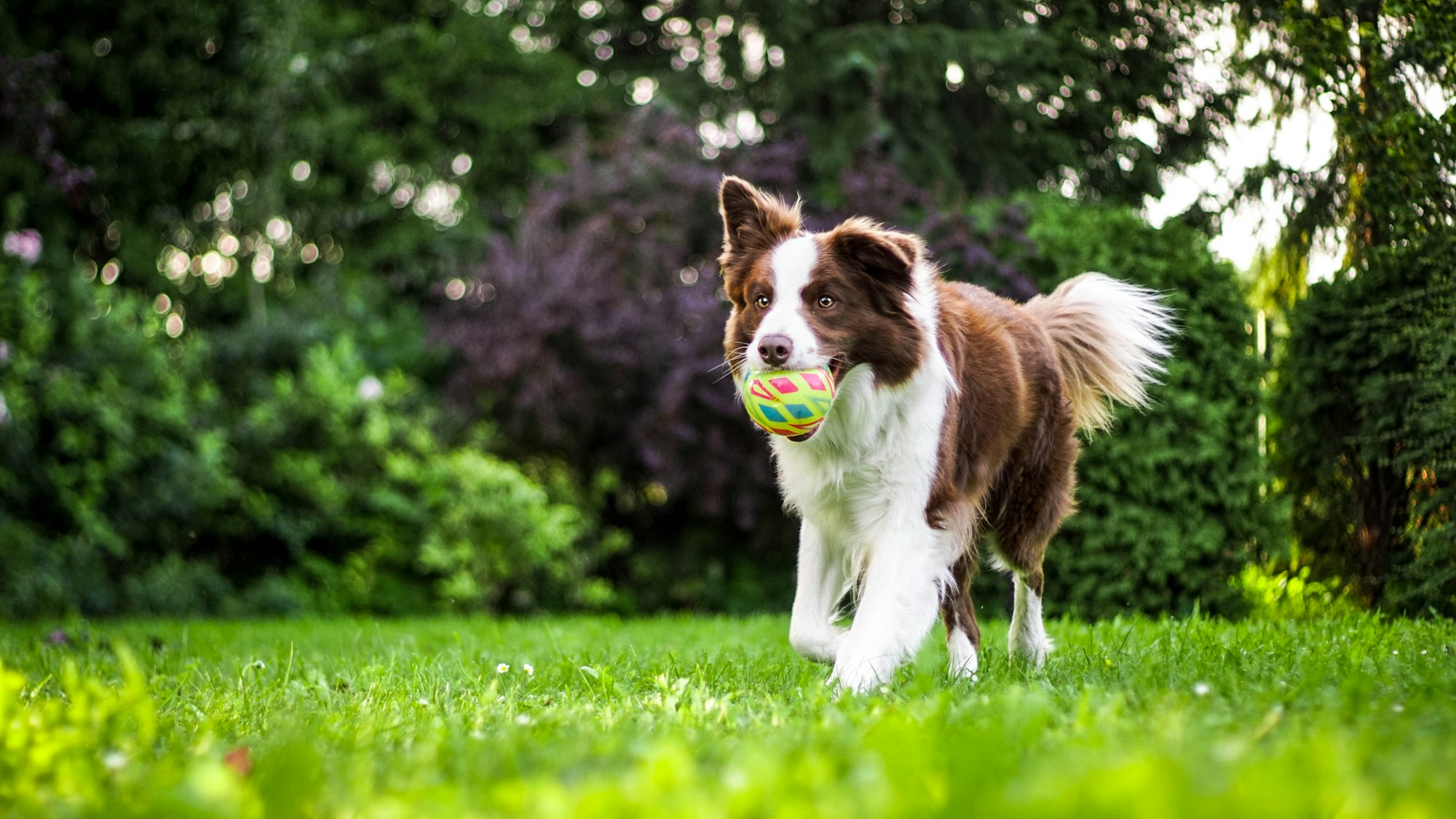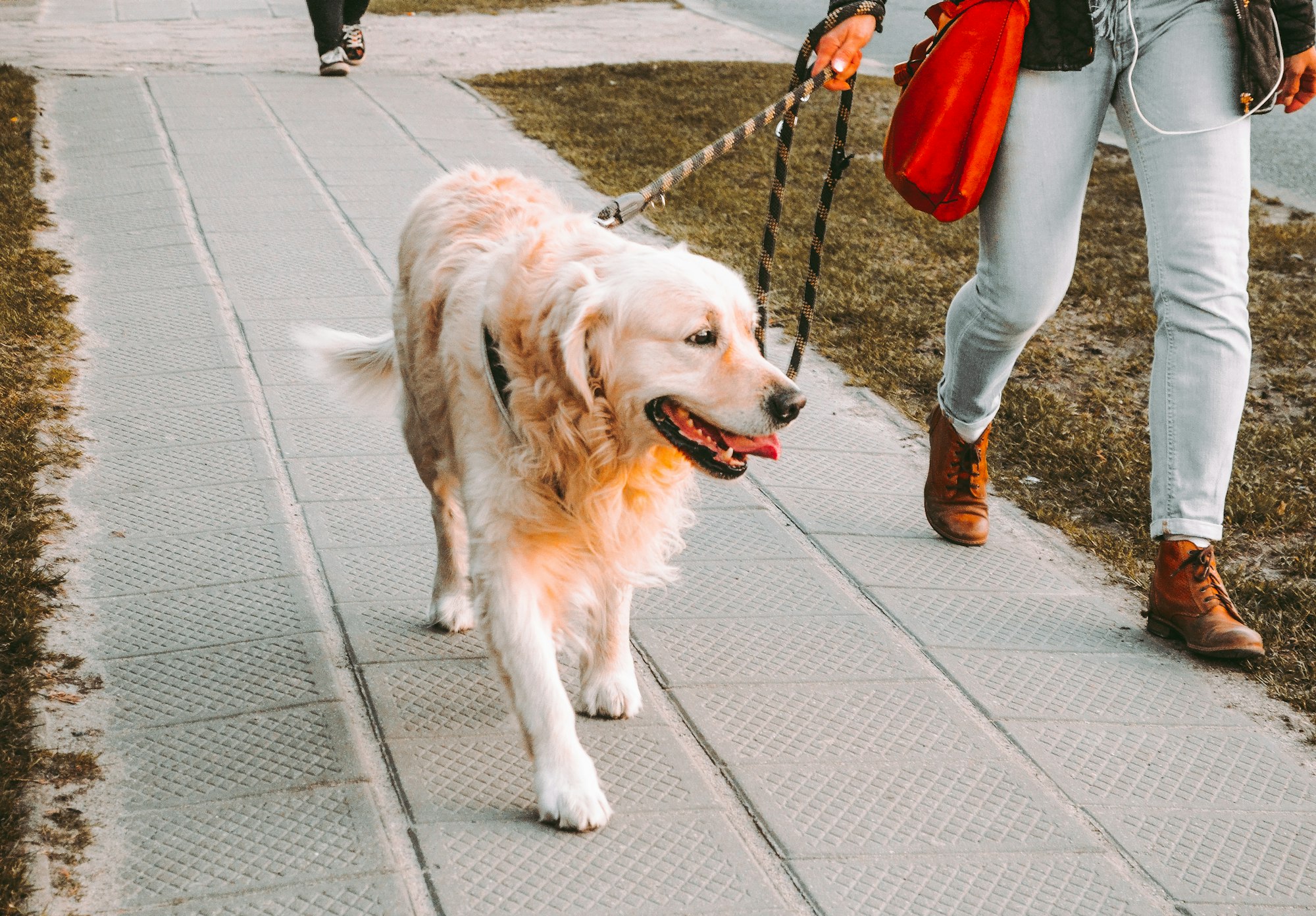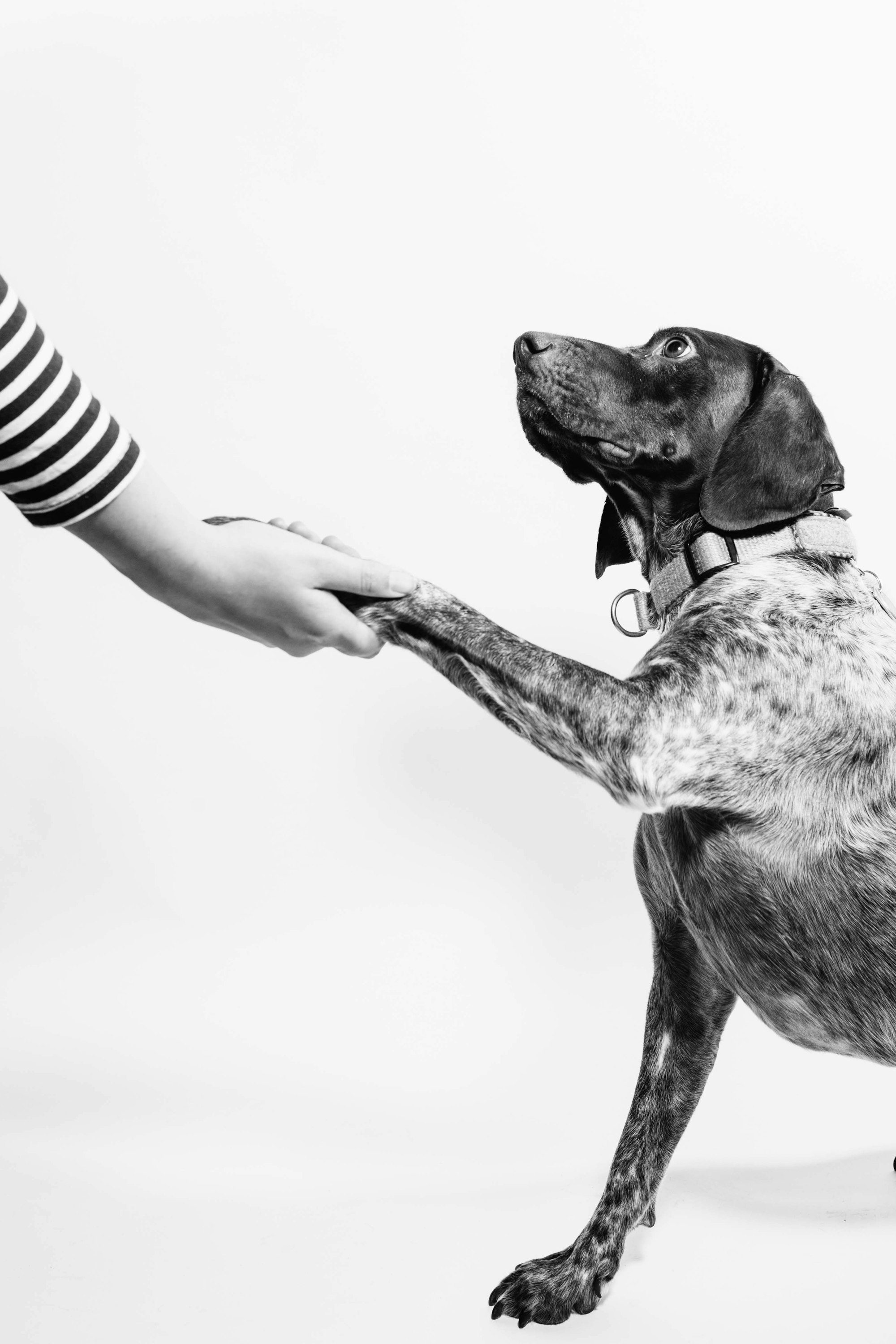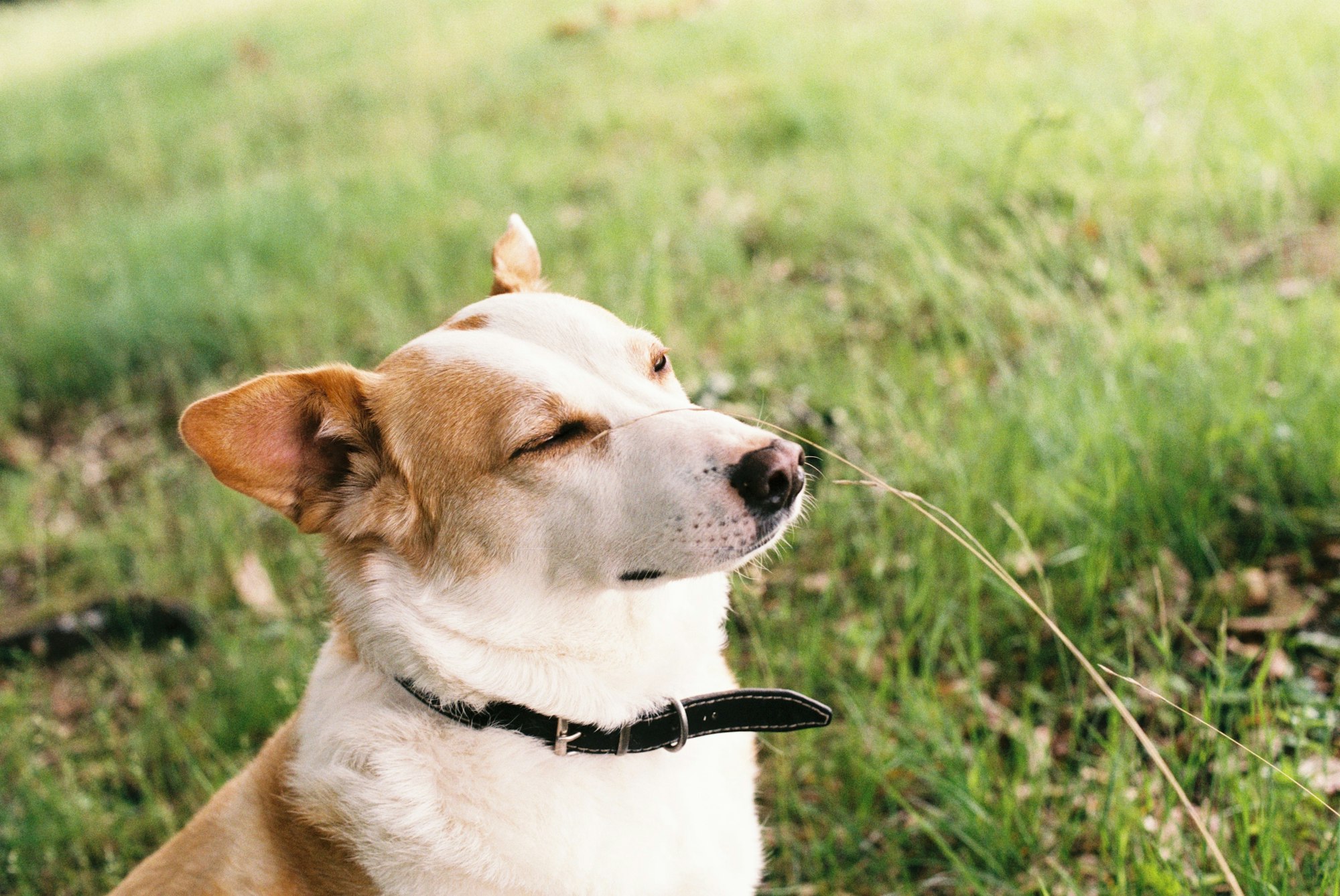Bringing a new dog into your life is an exciting experience, but it also comes with responsibilities, including training. Many dog owners wonder how long it takes to train a dog and achieve desired behaviors. While the training process varies depending on several factors, this article aims to provide insights into the typical timeframe for training a dog and offer valuable tips for successful training.
Understanding the Training Process

1. Setting Expectations: It's important to have realistic expectations when it comes to dog training. Every dog is unique, and the time it takes to train them can vary. Some dogs may learn quickly and respond well to training, while others may take more time and patience.
2. Factors Affecting Training Time: Several factors influence the duration of dog training. These include the dog's age, breed, previous training or socialization experiences, and the consistency and effectiveness of the training methods used. Additionally, the complexity of the behaviors being taught and the owner's commitment and ability to dedicate time to training sessions play significant roles.
Basic Obedience Training
Basic obedience training is an essential foundation for a well-behaved and disciplined dog. It establishes a line of communication between you and your furry friend while teaching them important skills and behaviors. Here's a step-by-step guide to basic obedience training:
1. Start with Sit: Teaching your dog to sit on command is often the first step in obedience training. Hold a treat close to their nose and move it upward, causing their head to follow the treat and their bottom to lower into a sitting position. Once they sit, say "Sit" and reward them with the treat and praise.
2. Master the Stay Command: The stay command helps your dog develop impulse control. Begin with the sit position, then extend your hand in front of you, palm facing out, and say "Stay." Take a step back and reward your dog for staying in position. Gradually increase the distance and duration of the stay.
3. Teach the Down Command: Start with your dog in a sitting position. Hold a treat in your closed fist near their nose and lower your hand to the ground, allowing them to follow the treat. As they lie down, say "Down" and reward them. Practice this command until they respond consistently.
4. Introduce the Come Command: The come command is crucial for recall and ensuring your dog returns to you when called. Use a long leash in a secure area. Crouch down, open your arms, and use an enthusiastic tone to call your dog by their name followed by "Come." Reward them when they reach you.
5. Work on Loose Leash Walking: Teaching your dog to walk calmly on a leash is essential for enjoyable walks. Start by walking with your dog on a loose leash. When they pull, stop walking and wait for them to return to your side. Reward them for walking beside you and repeat the process consistently.
6. Practice Leave It and Drop It: Teach your dog to release objects on command. Begin with puzzle toys or treat in their mouth and say "Leave it." Offer a more enticing treat and reward them when they release the object. Similarly, use the "Drop it" command to teach them to release items they've picked up.

7. Build on Stay and Recall: Once your dog is proficient in basic commands, work on advanced stay and recall exercises. Increase distractions gradually, practice in different environments, and reinforce their ability to stay and come when called.
Remember to use positive reinforcement, such as treats, praise, and affection, to reward your dog's good behavior during training. Keep training sessions short, fun, and consistent to maintain their engagement and progress. Patience and consistency are key to successful basic obedience training.
Advanced Training Techniques
Once the basics are established, you can move on to more advanced training techniques to further enhance your dog's skills and behaviors.
1. Walking on a Leash: Teaching your dog to walk politely on a leash without pulling is an important skill for both their safety and your enjoyment during walks. This training may take a few weeks to a couple of months, depending on your dog's responsiveness and consistency in reinforcing good walking behavior.

2. Training with Distractions: Introducing distractions during training helps your dog generalize their learned behaviors and respond appropriately in different environments. Gradually exposing your dog to various distractions, such as other animals or noises, while maintaining their focus and obedience, can take several weeks of consistent training.
3. Tricks and Commands: Training your dog to perform tricks or more complex commands is a fun way to bond and engage with them. Teaching tricks like "roll-over" or "play dead" may require additional time and patience, but the training process can be enjoyable for both you and your dog.
Training Timeframes for Different Breeds
The time it takes to train a dog can vary depending on their breed characteristics. Here's a general overview of training timeframes for different breeds:
1. Highly Trainable Breeds: Breeds such as Border Collies, German Shepherds, and Poodles are known for their intelligence and trainability. They tend to learn new commands and behaviors relatively quickly, and basic obedience training can be accomplished within a few weeks.
2. Moderately Trainable Breeds: Breeds like Golden Retrievers, Labrador Retrievers, and Boxers fall into this category. They are generally eager to please and respond well to training. Basic obedience training may take a bit longer, around two to three months, due to their high energy levels and exuberant nature.
3. Less Trainable Breeds: Certain breeds, such as Basset Hounds, Beagles, and French Bulldogs, may require more patience and time during the training process. They can be a bit stubborn and independent, which may extend the training timeframe. Basic obedience training for these breeds can take around three to six months.
4. Small Breeds: Small breeds like Chihuahuas, Shih Tzus, and Pomeranians are good family dogs that can vary in trainability. Some small breeds are highly intelligent and trainable, while others may be more challenging. On average, basic obedience training can take around two to four months for small breeds.

Remember that these are general guidelines, and individual dogs may vary within their breed. The key to successful training is consistency, positive reinforcement, and understanding the specific needs and characteristics of your dog.
The Importance of Consistency
Consistency is a vital aspect of dog training. Dogs thrive on routine and clear expectations. Here's why consistency is crucial during the training process:
1. Clear Communication: Consistency in your commands, cues, and training methods helps your dog understand what is expected of them. Using the same verbal cues and hand signals consistently reinforces the association between the command and the desired behavior.
2. Reinforcing Learning: Dogs learn through repetition and reinforcement. Consistent training sessions allow for repeated exposure to commands and behaviors, making it easier for them to learn and retain information.
3. Building Trust: Consistency builds trust between you and your dog. When you are consistent in your training approach, your dog feels secure and confident, leading to better responsiveness and cooperation.
4. Avoiding Confusion: Inconsistent training can confuse your dog and hinder their progress. If you use different commands for the same behavior or vary your expectations, it can create uncertainty and make it harder for your dog to understand what is desired from them.
5. Generalization: Dogs need to generalize their training to different environments and situations. By practicing consistent training in various settings, your dog learns to respond to commands regardless of distractions or changes in their surroundings.
To maintain consistency during training, establish a regular training schedule, use the same commands and cues, and ensure that all family members or caregivers are on the same page. Consistency, combined with positive reinforcement and patience will lead to effective and successful training outcomes.
Tips for Successful Training

Training your dog can be a rewarding and enjoyable experience. Here are some tips to help you achieve successful training outcomes:
1. Start Early: Begin training your dog as early as possible. The earlier you start, the easier it is to shape their behavior and establish good habits. However, dogs of any age can still learn and benefit from training.
2. Use Positive Reinforcement: Positive reinforcement is a powerful training technique. Reward your dog with treats, praise, or play whenever they exhibit the desired behavior. This positive association motivates them to repeat the behavior in the future.
3. Be Patient and Persistent: Training takes time and consistency. Be patient with your dog and understand that learning new behaviors requires repetition and reinforcement. Stick to the training routine and remain persistent, even if there are occasional setbacks.
4. Keep Training Sessions Short: Dogs have shorter attention spans, so keep your training sessions brief, typically around 10 to 15 minutes. Short, focused sessions prevent boredom and help maintain your dog's interest and enthusiasm.
5. Be Clear and Consistent: Use clear and concise commands during training. Avoid using similar words for different commands to prevent confusion. Also, ensure that everyone involved in the training process uses the same commands and techniques for consistency.
6. Gradually Increase Difficulty: Start with easy commands and gradually increase the difficulty level as your dog progresses. This step-by-step approach allows them to build confidence and master one behavior before moving on to the next.
7. Socialize Your Dog: Proper socialization is essential for a well-rounded and well-behaved dog. Expose them to various people, animals, and environments to help them become comfortable and confident in different situations.
8. Provide a Suitable Training Environment: Minimize distractions during training sessions, especially in the beginning stages. Choose a quiet area where your dog can focus and respond to commands without excessive interruptions.
9. Use Verbal and Visual Cues: Pair verbal commands with consistent hand signals or visual cues. This combination helps your dog understand and respond to commands even when they cannot hear you or in noisy environments.
10. End on a Positive Note: Always end each training session on a positive note. Finish with a command your dog already knows well and reward them for their success. This reinforces their positive association with training and leaves them eager for the next session.
Remember, successful training requires time, effort, and a positive attitude. Celebrate
your dog's progress, and don't hesitate to seek professional help if you encounter challenges or specific behavioral issues.
Final Opinion
In conclusion, the time it takes to train a dog varies based on several factors, including the dog's age, breed, previous training experiences, and the complexity of the behaviors being taught. Basic obedience training can take a few weeks to a few months, while more advanced training techniques and specialized skills may require additional time and patience. Remember to be consistent, use positive reinforcement, and seek professional help if needed for a successful training journey with your beloved furry companion.
FAQs
1. How long does it take to housebreak a dog?
Housebreaking a dog can take several weeks to a few months, depending on the dog's age, consistency in training, and individual progress.
2. Can all dogs be trained?
Yes, all dogs can be trained. However, the time and effort required for training may vary depending on the dog's breed, temperament, and previous experiences.
3. Is it better to train a dog at home or attend classes?
Both options can be effective, depending on your preference and the specific needs of your dog. Attending obedience classes can provide structured training and socialization opportunities while training at home allows for more individualized attention and convenience.
4. How often should I train my dog?
Training sessions should be kept short but frequent, ideally a few times a day. Consistency is key, so incorporating training into your daily routine will yield better results.
5. What if my dog doesn't respond to training?
If your dog is struggling to respond to training or exhibiting persistent behavioral issues, it may be beneficial to seek guidance from a professional dog trainer or behaviorist. They can assess the situation and provide tailored strategies to address your dog's specific needs.

